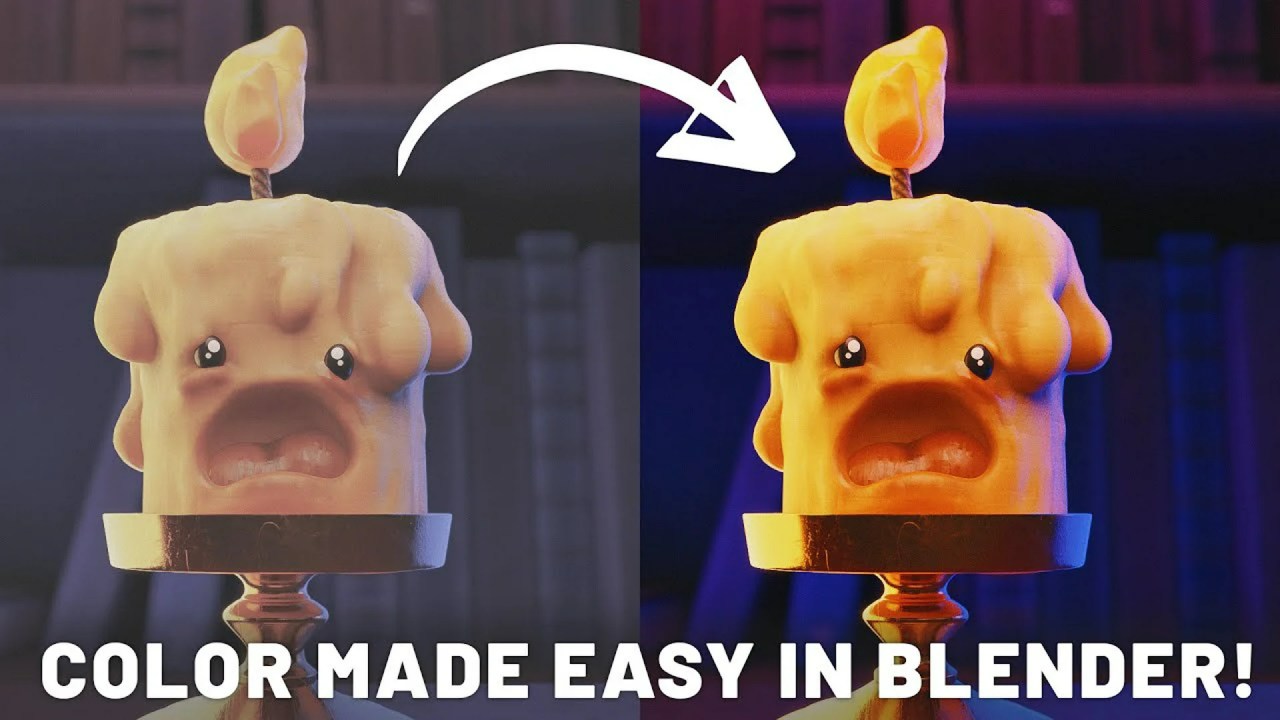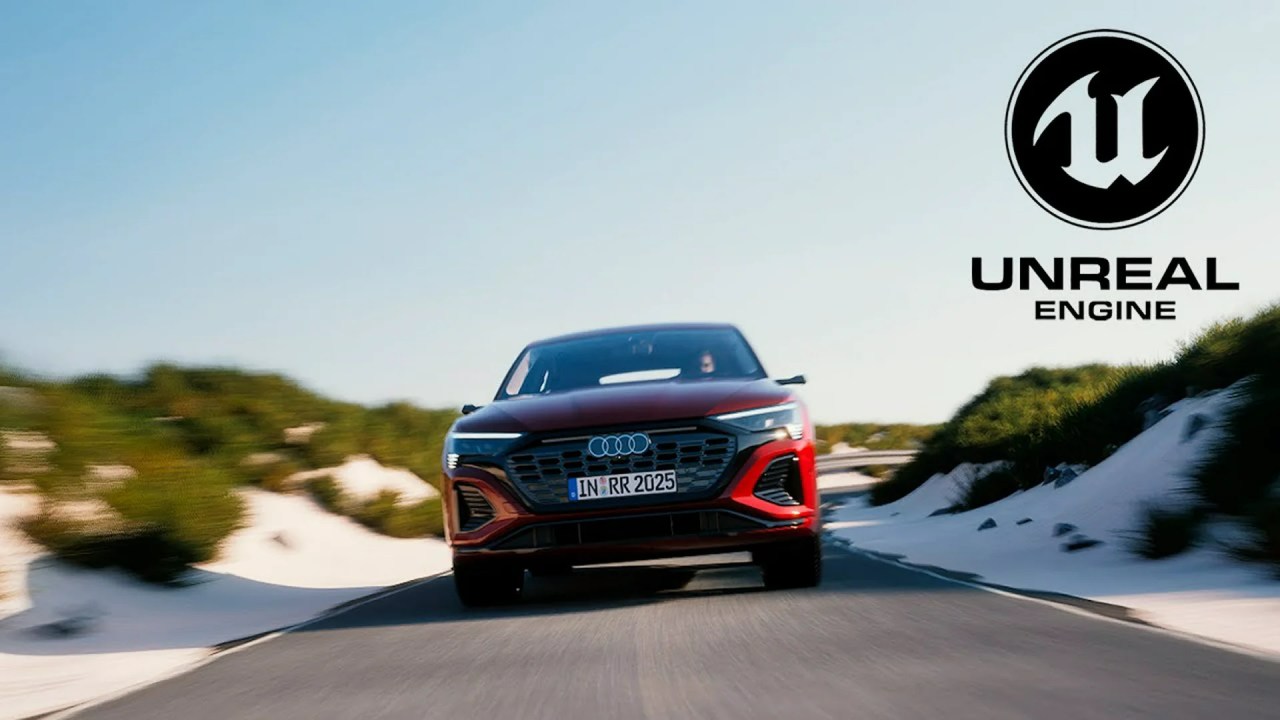Discover how indie filmmakers can create Hollywood-level action scenes from home using accessible motion capture technology and Unreal Engine 5. Transform ideas into cinematic reality with a streamlined, budget-friendly workflow.
For too long, the dream of creating cinematic action sequences has felt out of reach for independent filmmakers, VFX artists, and game developers. The traditional animation pipeline often demands months of tedious keyframing and massive budgets, leaving many aspiring creators feeling limited by resources. But what if you could bypass these hurdles and produce stunning, Hollywood-level visuals right from your own studio, or even your living room?
Enter Josh Toonen, a seasoned professional with a decade of experience in Hollywood visual effects and a keen understanding of Unreal Engine 5. Toonen is revolutionizing how indie creators approach filmmaking, demonstrating that high-quality motion capture is no longer exclusive to big studios. In his comprehensive video, he breaks down an industry-proven workflow that transforms complex ideas into final animations with remarkable speed and efficiency.
Toonen’s approach leverages the power of Unreal Engine 5’s real-time capabilities, allowing creators to move from concept to final film in a fraction of the time. This workflow, often referred to as virtual production, integrates previs, animation, and rendering into a single, cohesive environment, dramatically streamlining the traditional filmmaking process. It’s an iterative cycle where feedback from early edits directly informs further animation and camera adjustments, ensuring a refined final product.
The Four Stages of Cinematic Production with MoCap
Stage 1: Build – Crafting Your World and Characters
The journey begins with inspiration and the creation of your film’s universe. This involves gathering references, building intricate film sets, environments, and 3D characters. For character development, existing models can be customized, or entirely new assets crafted, often utilizing tools like Substance Painter for creating realistic materials and textures. A crucial, often overlooked step is “look development,” where materials are rigorously stress-tested under various lighting conditions to ensure they appear authentic and believable in the final scene.
Stage 2: Motion Capture – Bringing Performances to Life
This is where the magic of performance capture truly shines. While options range from free webcam solutions to expensive studio setups, Toonen highly recommends ROKO Smart Suits and Smart Gloves for indie budgets. These systems allow for simultaneous capture of two actors, along with incredibly detailed hand animation, wirelessly feeding data into the ROKO Studio software. The workflow is meticulous, involving creating actor profiles, connecting suits and gloves, and precise calibration. To enhance accuracy, a critical “cleanup” pass in ROKO Studio is essential. Filters like the Locomotion filter prevent characters from appearing to “slip on ice” by correctly defining foot contact, while the Drift Fix filter corrects world-space trajectory. After processing, animations are exported as FBX files, ready for Unreal Engine.
For those looking to dive into this technology, Rokoko offers a full performance motion capture bundle. Even better, you can save an extra 5% off your order with the coupon code “UnrealVFX” at checkout. This makes professional-grade motion capture more accessible than ever before.
Stage 3: The Filmmaking Cycle – Editing Your Vision
With motion capture data imported, the next step is applying these performances to your characters in Unreal Engine and setting up initial cameras. The data is retargeted from the ROKO rig to your custom character rig, ensuring seamless integration. The goal here is rapid iteration: assemble a first edit quickly in video editing software like Adobe Premiere or DaVinci Resolve. Toonen emphasizes creating multiple cameras within Unreal’s Sequencer, experimenting with various focal lengths to capture dynamic shots. These sequences are then rendered swiftly using Unreal’s Movie Render Queue, often with a “burn-in” for easy reference. This draft edit informs further adjustments to animation and cameras within Unreal, creating a dynamic feedback loop until the composition, flow, and pace are perfectly tuned.
Stage 4: Lighting and Effects – Polishing Your Masterpiece
The final stage, Lighting and Effects, should only commence once your edit is locked. This is because lighting dramatically influences mood, but the story and camera movements dictate how that lighting is perceived. Unreal Engine’s interactive environment allows for real-time light adjustments, giving creators immediate feedback. This stage also involves continuous improvement of character assets, adding details like cloth physics, and ultimately finishing visual effects shots by compositing the final images directly within Unreal’s robust framework. This comprehensive workflow, while detailed, remains consistent regardless of your specific motion capture system, truly democratizing advanced filmmaking techniques.
Josh Toonen’s methodology empowers independent creators to achieve cinematic results that once required massive studio resources. By combining accessible motion capture technology with the real-time power of Unreal Engine, he offers a clear roadmap for transforming creative ideas into stunning visual narratives. If you’re ready to elevate your filmmaking game, consider exploring his Master Unreal Filmmaking in 30/min a Day course, or visit his website to learn more about his work.
For more insights into bringing characters to life, explore our dedicated section on Unreal Engine Characters & Animation.
Discover advanced techniques for visual storytelling by diving into Unreal Engine VFX & Simulation.
Perfect your visual aesthetic with our resources on Unreal Engine Lighting & Rendering.



